![[Sashimi Grade] Chutoro (Medium Fatty Bluefin Tuna) from Misaki Fishing Port](http://jx.today/cdn/shop/products/chutoro_8a6cd683-046f-429c-a9b1-dcec51a0f9db.jpg?v=1663317639)
![[Sashimi Grade] Chutoro (Medium Fatty Bluefin Tuna) from Misaki Fishing Port](http://jx.today/cdn/shop/products/chutoro_8a6cd683-046f-429c-a9b1-dcec51a0f9db.jpg?v=1663317639)
![[Sashimi Grade] Chutoro (Medium Fatty Bluefin Tuna) from Misaki Fishing Port](http://jx.today/cdn/shop/products/chutoro_sq.jpg?v=1663317639)
![[Sashimi Grade] Chutoro (Medium Fatty Bluefin Tuna) from Misaki Fishing Port](http://jx.today/cdn/shop/products/4283481_m.jpg?v=1663317639)
![[Sashimi Grade] Chutoro (Medium Fatty Bluefin Tuna) from Misaki Fishing Port](http://jx.today/cdn/shop/products/chutoro_pack.jpg?v=1663317639)
![[Sashimi Grade] Chutoro (Medium Fatty Bluefin Tuna) from Misaki Fishing Port](http://jx.today/cdn/shop/products/maguro_3c08e3a4-6f21-43b9-91ef-50e9c3725894.jpg?v=1663317635)
[Sashimi Grade] Chutoro (Medium Fatty Bluefin Tuna) from Misaki Fishing Port
Delivery date and timeslot
Delivery days: Wednesday or Saturday
Time slots: 09:00-12:00, 15:00-18:00, or 18:00-22:00
*Excluding public holidays.
Delivery date can be chosen before checkout.
Cut-off time
| ORDER BEFORE | DELIVERY ON |
|---|---|
| Friday | Next Wednesday 09:00-12:00, 15:00-18:00, or 18:00-22:00 |
| Monday | Saturday 09:00-12:00, 15:00-18:00, or 18:00-22:00 |

Delivery time can be chosen from Wednesday or Saturday between 09:00-12:00, 15:00-18:00, or 18:00-22:00 before checkout.
Delivery charges
Below S$150 |
S$150-S$200 |
Above S$200 |
|---|---|---|
S$10 |
S$5 |
Free |
Important
Chilled goods must be received
in person. Kindly ensure that someone is available at home to collect the delivery.
From one of the famous Maguro wholesaler in Japan - Misaki Megumi Suisan
"Super-frozen Maguro" - a mark of freshness and quality.
Each maguro (bluefin tuna) is processed and stored in a super freezer warehouse (-60℃) to maintain its freshness.

It is difficult to achieve this storing conditions for usual warehouses, and we are finally ready to introduce this same sashimi grade frozen maguro to you, with our logistics partner!

Misaki Megumi Suisan, as one of the pioneer of maguro wholesale, brings maguro direct from the sea to the restaurants.
In Singapore, they had established Maguro Donya restaurant, with 4 outlets, specializing in fresh, quality maguro.
Now, with our logistics partner, you can now try this maguro, at home!
One of the Best Parts of Tuna
- Chutoro -

The second common tuna cut, chutoro is found on the back and the fin of a tuna, beside the fattiest Ootoro and lean Akami.
It has a balance of fatty and lean meat, which gives the perfect texture when you bite in your mouth!

|
Ootoro (Fatty tuna)
Melt-in-your-mouth texture and rich umami flavor. It is a delicacy that once you try it, you will become addicted to it. |
Chutoro (Medium Fatty Tuna)
It has a balance of fatty and lean meat, which gives the perfect texture when you bite in your mouth! |
|
Negitoro (Minced Tuna)
Negitoro is often cited as favorite sushi topping in Japan. made from the part of the tuna called "Nakaochi", which makes it fatty and delicious. |
Traditional Dark Soy Sauce
The no.1 traditional soy sauce from Japan! It adds a deep flavor to sashimi, sushi, and many other dishes. |
-
Best Bluefin Tuna from Misaki Fishing Port

Located on the tip of the Miura peninsula, in southwest Kanagawa Prefecture, Misaki Fishing Port is well known as a platform where rapidly frozen Maguro (tuna) and fesh fish is traded live. It is a well-positioned natural harbor as Jogashima, an island facing it to the south, forms a natural breakwater.
Deep-sea fishing vessels depart for the Pacific, Atlantic and Indian Oceans from Misaki, and come back to the port a few months later after fishing. Over one hundred Maguro wholesalers, including large and small ones, support Misaki’s fishing industry and have built a system that enables us to deliver high-quality Maguro to consumers throughout Japan.
"Super-frozen Maguro"

"Super-frozen Maguro" has been rapidly frozen to the ultra-low temperature of -60℃ immediately after being caught in order to maintain the fresh, high quality, and is stored in a super freezer warehouse to keep freshness.

In the Misaki market, a lot of professional brokers are enrolled; high quality Maguro is selected by bidding through an auction system; cutting is done according to need by advanced processing technology. In recent years, brokers go abroad to purchase Maguro, there are also demands for farmed Maguro which is tastefully appealing to people in many countries around the world. We have defined it as "Misaki MAGURO".
In addition, in the spring of 2018, a new market called "Misaki Wholesale Seafood Market, Miura City" was established. The market has thoroughly advanced hygiene management. Its purpose is to help build up the "Misaki Maguro" brand.
-
How to enjoy Sashimi Grade Tuna
In order to keep the maguro fresh, the chips that adhere to the maguro during processing are intentionally attached to the delivered maguro.
Remove the frozen maguro from the vacuum pack, rinse the surface lightly with water, wipe off the water with a dish towel/paper towel, and defrost.
*Usually household freezers have a temperature range of -15°C, the maguro deteriorates quickly, please enjoy it within 14 days of arrival.
Method 1 : Refrigerator defrosting (Easiest)

- Rinse off any attached chips and pat dry with a dish towel.
- Place on the absorbent paper provided, cover with plastic wrap, and let thaw in the refrigerator for 3 to 4 hours.
- Check the state of defrosting in the refrigerator.
The tuna is half-defrosted when you can feel its elasticity by pressing it gently with your finger. - When the tuna is half thawed, you can cut it into pieces.
- Place the tuna back in the refrigerator until it is completely thawed.
Method 2 : Ice and water defrosting (Fastest)

- Rinse off the adhering chips and wipe off the water with a dish towel/paper towel.
- Place in a tight ziplock bag and soak in iced water for about an hour.
- Check the degree of ice water during the process.
To determine if it's half defrosted you can feel the elasticity of maguro when you gently press it with your finger. - When the maguro is half defrosted, you can cut it into pieces easily!
- Then let it sit in the refrigerator again until it is completely defrosted.
- Check the maguro in the ziplock bag occasionally.
Usually it takes an hour to get half defrosted.
-
Tips to cut maguro block perfectly
When cutting maguro, it is best to cut when it is half-defrosted while you can feel the core.
*Maguro has fibers and striations in it.
*It is best to cut the maguro perpendicularly to these striations for the best flavor.
Step 1 : Insert the knife perpendicular to the half defrosted maguro and use the edge of the knife pull backward rather than pushing forward.

Step 2 : If you cut maguro straight into pieces, cutting it from the side with the same thickness, it will be suitable for sashimi.

Step 3 : If cut against the grain, so that the cross section is wide, it is suitable for sushi.

-
Story of Misaki Megumi Suisan
To be the Best Maguro Tonya (Maguro Wholesaler) in the World

- Vision -
Be Global. Be Local. We are committed to passing on to the next generation a lifestyle of healthy eating with good fish.
- Challenges -
Conservation of fishing resources
We only catch Maguro that are allocated in the catch quota and are well managed. We do not deal with Maguro "less than 10kg of bluefin maguro" and ones caught by "round haul vessels". We consider this is one of the reasons decreasing fisheries resources.
Sustainable food cycle
We use the waste from the Maguro to make organic fertilizer, and pass it on to local farmers for their crops. Our desire is to use the entire fish and not waste the gift from the ocean.
Energy resources
We try to offset even the enormous energy consumption required for a super freezer warehouse. We set up a solar power generation system on the top of the office after the 2011 Tohoku earthquake and tsunami. Sifted to supply of renewable energy of the second processing plant and super freezer warehouse in 2020.
We set our goal to achieve RE100 as corporate responsibilities.
Education
We offer lectures on food education for elementary school students who come to the warehouse for field trips. We also employ a local younger generation, and overseas trainees as well, and provide human resources for them.
- Passion -

50 years ago, I started selling Maguro by myself with just one truck. It was a pleasure to receive the enthusiastic cries of “delicious!” from our customers. It stirred me to make them even happier. At that time in Misaki, deep-sea fishing vessels entered the port every day. Peddlers came and went. About 1,000 Maguro were lined in the fish market every day. Later, brokers who heard the good reputation of Misaki Maguro started gathering in Misaki, and I changed my mind to become a wholesaler.
As a wholesale business, I enjoyed the interaction with customers and the chance to get to know them in a more natural environment. As I was introduced to more people, my business grew. It’s been my pleasure to get to meet so many good people.
Wild caught fish is different in size, even if it is caught by the same vessels, in the same season, and in the same fishing ground. The quality is different for each one.
In the case of Misaki, we judge a slice from a Maguro tail, and bid for Maguro through an auction system. How can we bid to assess whether Maguro is worth buying in the fish market? Even the best brokers lose in auctions in some cases, however, some also can find more value unexpectedly.
We want to continue to challenge all of our employees to find out what customers want, and to offer more value to them resulting in customer satisfaction.
Maguro is now a common word around the world. This is a part of Japanese food culture
It must be one of great missions to contribute to promoting the “Nippon brand” and disseminating it throughout Japan, with a bigger perspective.

From my childhood, my mother sold Maguro in a shop in front of our house. In those days, tourists in and around Jogashima continually came and went, and I remember that it was always crowded with people. My father was never home. When it was lunch time, in a corner of my memory, I remember the employees gathered at our home and we shared lunch together. My childhood dream was to be a baseball player. I had no particular dreams when I was a student. I just wanted to go abroad.
And now, I am flying around the world selling Maguro. I have always like to challenge myself with new things since I joined the company. For example, I opened our own supermarket (directly operated retail store); actively attend overseas exhibitions; export overseas; and have expanded to directly operating a restaurant in Singapore.
My mission is to help people understand how delicious Maguro is.
Maguro migrates the Pacific Rim, or the ocean around the world.
We all share the same ocean. I would like to enjoy Maguro which is our common property for everyone in the world. Nowadays, the culture of eating SASHIMI is spreading around the world. Japan must be the leader provide quality control and a distribution system from catch to deliver for the fish to be SASHIMI quality.
In order to pass on to the next generation a life style of healthy eating with good fish, facing the question “What is sustainable fishery?”. Since Japan is a country that has a deep culture of eating fish, we need to be able to explain our way of understanding sustainable fishery to the rest of the world. I would be happy if the next generation of children would be interested in becoming Maguro Donya.
| Product Name | [Sashimi Grade] Chutoro (Medium Fatty bluefin tuna) |
| Country of Origin | Japan |
| Portion | 100g |
| Best Eaten by |
Within 14 days upon receiving. Consume as soon as possible once defrosted. |
| How to store | Keep frozen (under -18°C) |
| Sold by | REGINAA PTE.LTD |
Delivery fee: $10 for orders below $150
Please note: Chilled goods must be received in person. Kindly ensure that someone is available at home to collect the delivery.
Others:
- Delivery is arranged for every Wednesday and Saturday, between 09:00-12:00, 15:00-18:00, or 18:00-22:00.
- To receive Wednesday delivery: Order by Friday.
- To receive Saturday delivery: Order by Monday.
- No deliveries on weekends and public holidays.
- For refund inquiries, please refer to our Refund Policy here.
Adding product to your cart
Products you may like
Free Shipping with orders above $200






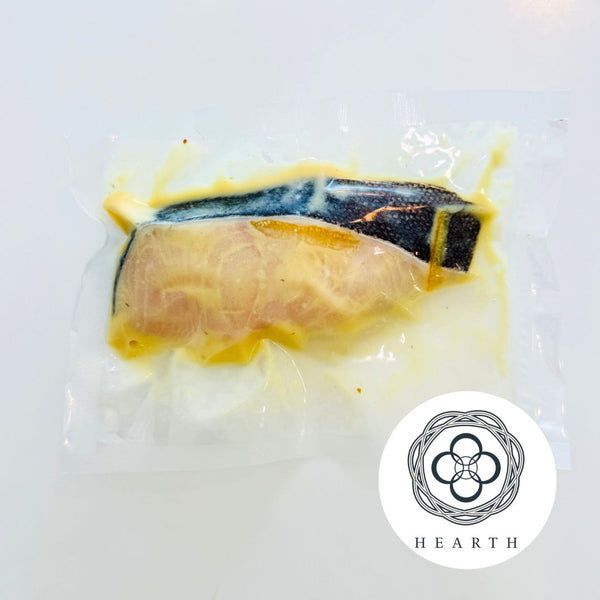








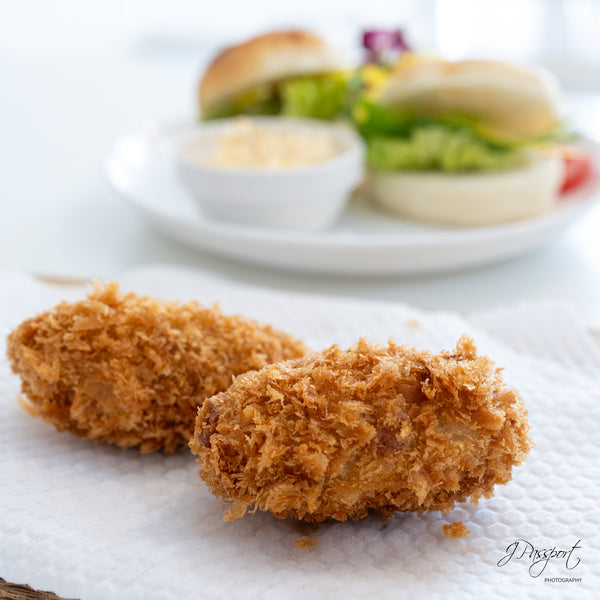








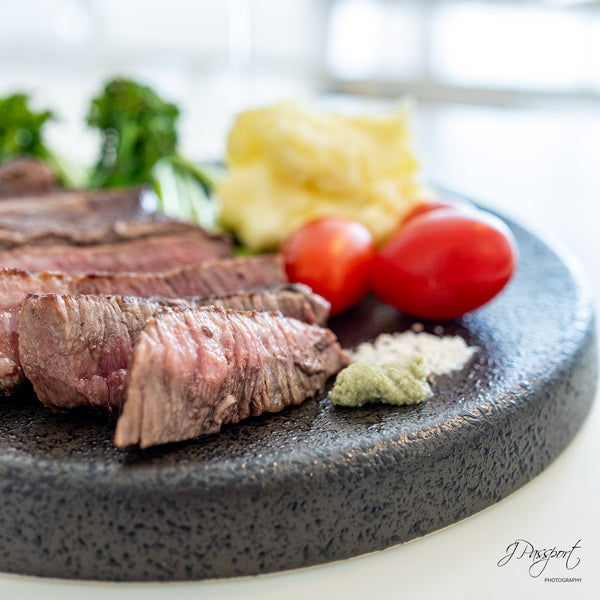


![[Air Express] Japanese Premium Pears ±400g×2pc/pkt](http://jx.today/cdn/shop/files/L1001710-2_600x600_crop_center.jpg?v=1756019992)
![[Air Express] Japanese Premium Pears ±400g×2pc/pkt](http://jx.today/cdn/shop/files/L1001679_600x600_crop_center.jpg?v=1756019992)






![[Air Express] Hokkaido Scallop -1kg BOX / Sashimi Grade](http://jx.today/cdn/shop/files/L1050387-2_600x600_crop_center.jpg?v=1751160316)
![[Air Express] Hokkaido Scallop -1kg BOX / Sashimi Grade](http://jx.today/cdn/shop/files/L1050525-2_1_600x600_crop_center.jpg?v=1751162495)
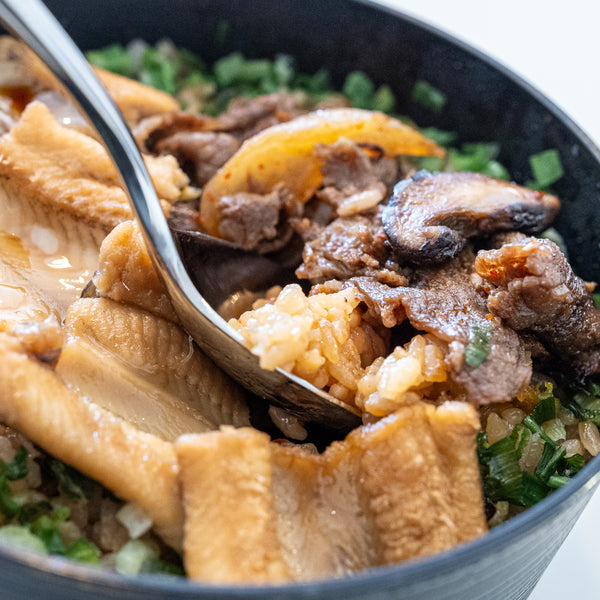
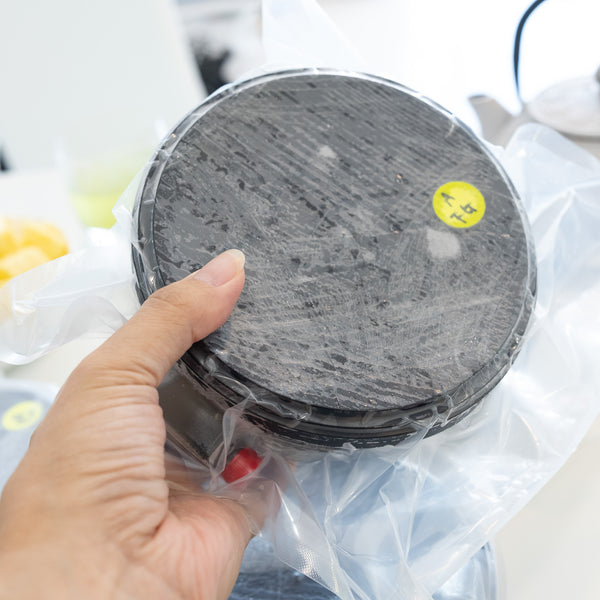



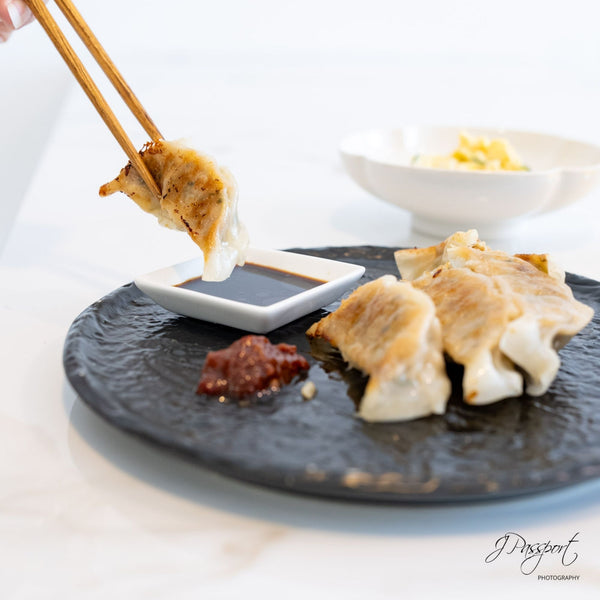

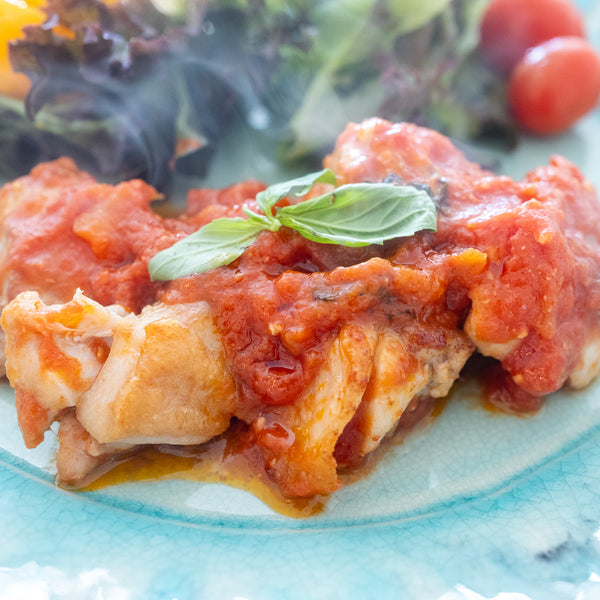












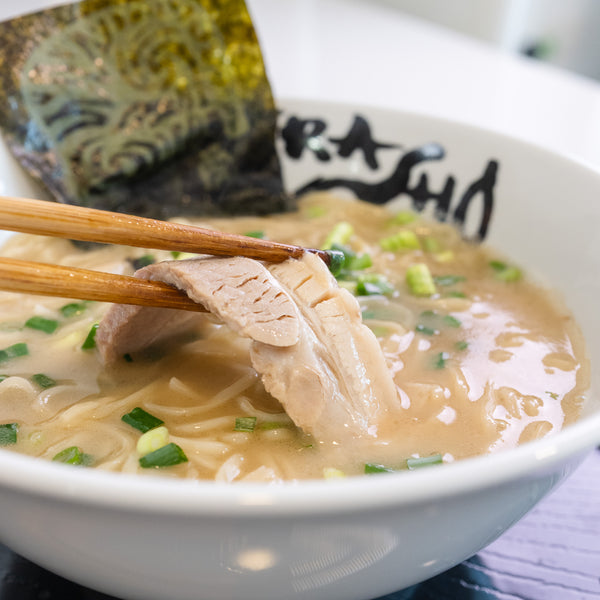











![[Air Express] Melon Earls Green - 1.2-1.5kg/pc](http://jx.today/cdn/shop/files/L1060126_600x600_crop_center.jpg?v=1749533362)
![[Air Express] Melon Earls Green - 1.2-1.5kg/pc](http://jx.today/cdn/shop/files/L1050457_600x600_crop_center.jpg?v=1749533362)
![[Air Express] Melon Earls Red - 1.2-1.5kg/pc](http://jx.today/cdn/shop/files/L1060172-3_600x600_crop_center.jpg?v=1749524120)
![[Air Express] Melon Earls Red - 1.2-1.5kg/pc](http://jx.today/cdn/shop/files/L1050459_600x600_crop_center.jpg?v=1749524120)
![[Air Express] Japanese Fruit tomatoes フルーツトマト / 1kg](http://jx.today/cdn/shop/files/L1050391_600x600_crop_center.jpg?v=1748170778)
![[Air Express] Japanese Fruit tomatoes フルーツトマト / 1kg](http://jx.today/cdn/shop/files/L1050396_600x600_crop_center.jpg?v=1748170781)
![[Air Express] Japanese Omakase Red Melon - ±1.2kg/pc](http://jx.today/cdn/shop/files/L1050677_600x600_crop_center.jpg?v=1748314815)
![[Air Express] Japanese Omakase Red Melon - ±1.2kg/pc](http://jx.today/cdn/shop/files/L1050625-2_600x600_crop_center.jpg?v=1748314815)
![[Air Express] Yamanashi Goshō Pink Peaches ±1.5kg (5–7 pcs/box)](http://jx.today/cdn/shop/files/L1090331-2_600x600_crop_center.jpg?v=1753660352)
![[Air Express] Yamanashi Goshō Pink Peaches ±1.5kg (5–7 pcs/box)](http://jx.today/cdn/shop/files/L1090436_600x600_crop_center.jpg?v=1753660352)
![[Air Express] Hokkaido White Asparagus - 150g (3-4p)](http://jx.today/cdn/shop/files/L1050465_600x600_crop_center.jpg?v=1748172801)
![[Air Express] Hokkaido White Asparagus - 150g (3-4p)](http://jx.today/cdn/shop/files/L1050462_600x600_crop_center.jpg?v=1748172801)
![[Air Express] Kasugai Premium White Peach Gift Box (Premium/ 6pcs / ~1.4kg)](http://jx.today/cdn/shop/files/L1080780-2_600x600_crop_center.jpg?v=1752742007)
![[Air Express] Kasugai Premium White Peach Gift Box (Premium/ 6pcs / ~1.4kg)](http://jx.today/cdn/shop/files/L1080835_12913d2d-091e-4629-a06c-ce77540d6f2a_600x600_crop_center.jpg?v=1752742007)
![[Air Express] Yamanashi Peaches (Smaller, Hand-Picked Size) ±1.5kg (8–10 pcs/box)](http://jx.today/cdn/shop/files/L1070982_600x600_crop_center.jpg?v=1751844111)
![[Air Express] Yamanashi Peaches (Smaller, Hand-Picked Size) ±1.5kg (8–10 pcs/box)](http://jx.today/cdn/shop/files/L1070937_600x600_crop_center.jpg?v=1751844111)




![[Sashimi Grade] Soy Sauce-marinated Ikura (Salmon Roe) from Sanriku (160g)](http://jx.today/cdn/shop/files/Monosnap2025-08-0311-01-04_600x600_crop_center.jpg?v=1754221730)
![[Sashimi Grade] Soy Sauce-marinated Ikura (Salmon Roe) from Sanriku (160g)](http://jx.today/cdn/shop/files/IMG_3320_600x600_crop_center.jpg?v=1754221730)
![[Sashimi Grade] Yamada Bay Oyster (12pcs) with whole shell](http://jx.today/cdn/shop/products/mk-kaki_detail_015_1_2x_246672bf-f6b8-4487-bb4a-aae22fd287ba_600x600_crop_center.jpg?v=1752311023)
![[Sashimi Grade] Yamada Bay Oyster (12pcs) with whole shell](http://jx.today/cdn/shop/files/13_f355ad1b-56da-4645-bd7c-fffab8015b5f_600x600_crop_center.jpg?v=1752311023)


![[Sashimi Grade] Seared Bonito from Kochi Prefecture](http://jx.today/cdn/shop/files/IMG_3306_600x600_crop_center.jpg?v=1746404242)
![[Sashimi Grade] Seared Bonito from Kochi Prefecture](http://jx.today/cdn/shop/files/IMG_3316_600x600_crop_center.jpg?v=1746404242)

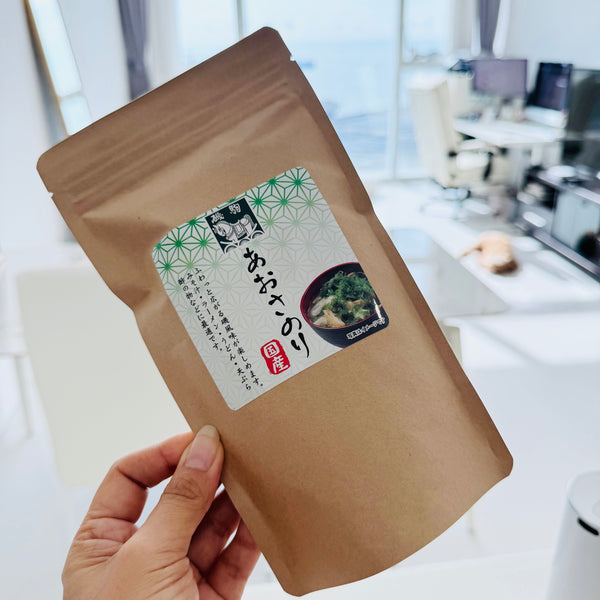

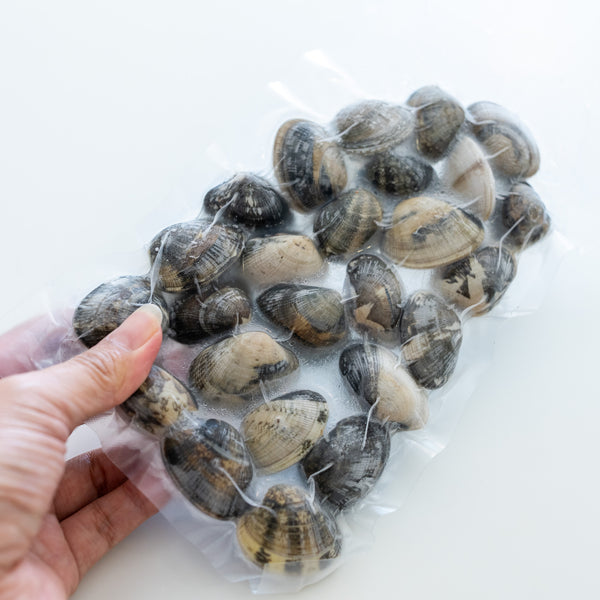




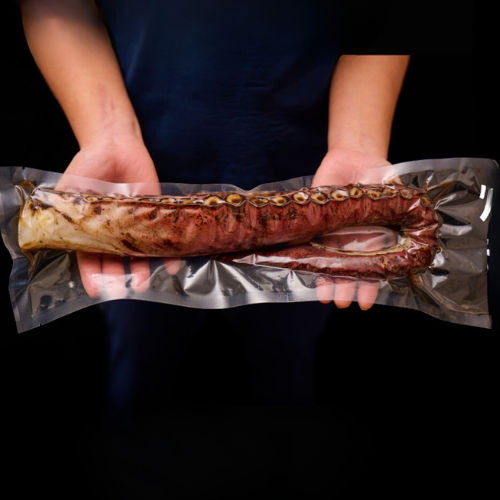





![[Sashimi Grade] Negitoro (Minced Bluefin Tuna) from Misaki Fishing Port (100g)](http://jx.today/cdn/shop/products/11_c3eb3dd5-6d2f-403c-b224-d7b36c847e4d_600x600_crop_center.jpg?v=1663198308)
![[Sashimi Grade] Negitoro (Minced Bluefin Tuna) from Misaki Fishing Port (100g)](http://jx.today/cdn/shop/products/12_b1007309-d7a2-46fe-9f8b-49560f6733d1_600x600_crop_center.jpg?v=1663198316)
![[Sashimi Grade] Ootoro (Fatty Bluefin Tuna) from Misaki Fishing Port](http://jx.today/cdn/shop/products/ootoro_sq2_600x600_crop_center.jpg?v=1663317257)
![[Sashimi Grade] Ootoro (Fatty Bluefin Tuna) from Misaki Fishing Port](http://jx.today/cdn/shop/products/ootoro_600x600_crop_center.jpg?v=1663317257)
![[Sashimi Grade] Chutoro (Medium Fatty Bluefin Tuna) from Misaki Fishing Port](http://jx.today/cdn/shop/products/chutoro_8a6cd683-046f-429c-a9b1-dcec51a0f9db_600x600_crop_center.jpg?v=1663317639)
![[Sashimi Grade] Chutoro (Medium Fatty Bluefin Tuna) from Misaki Fishing Port](http://jx.today/cdn/shop/products/chutoro_sq_600x600_crop_center.jpg?v=1663317639)